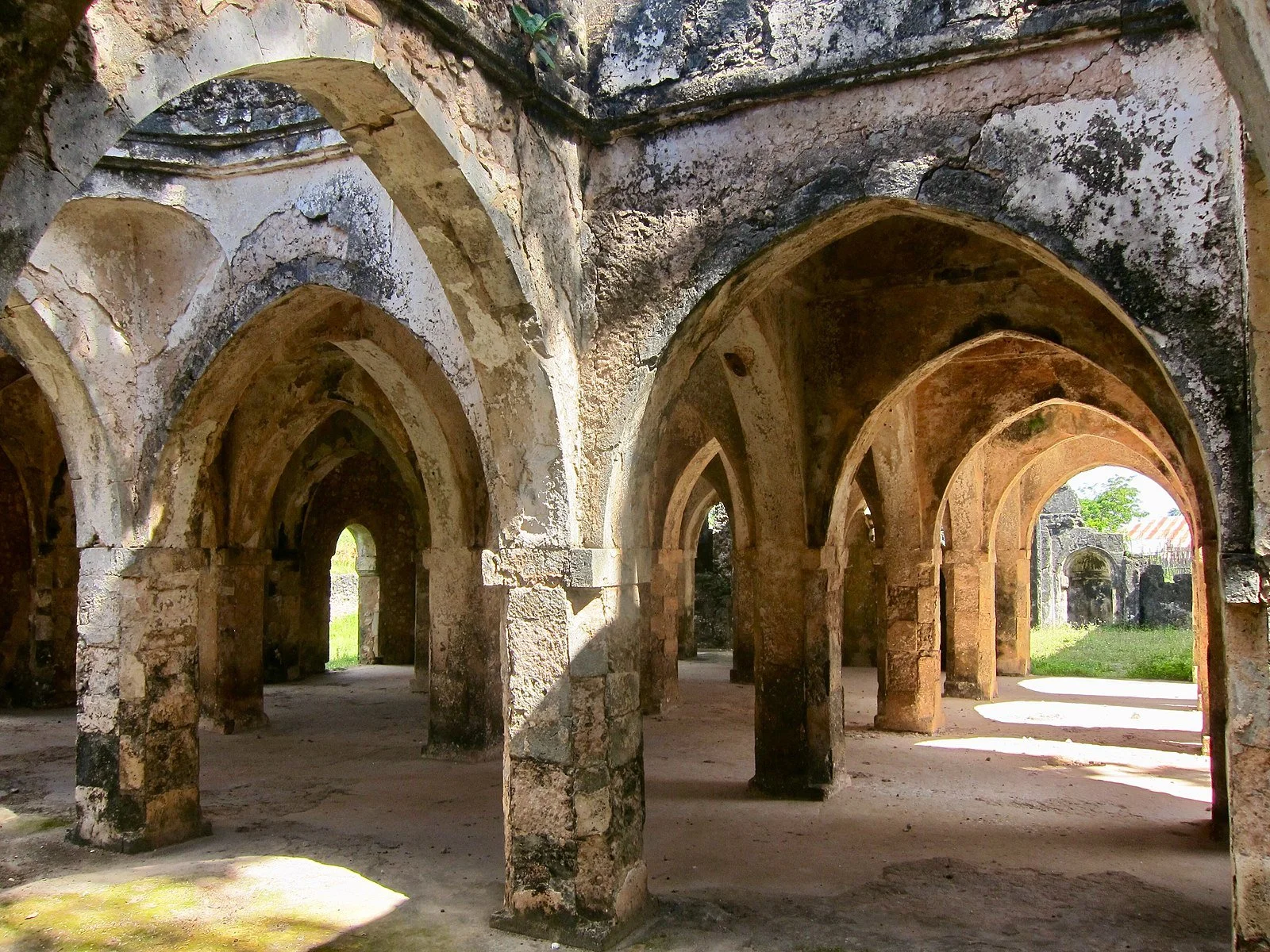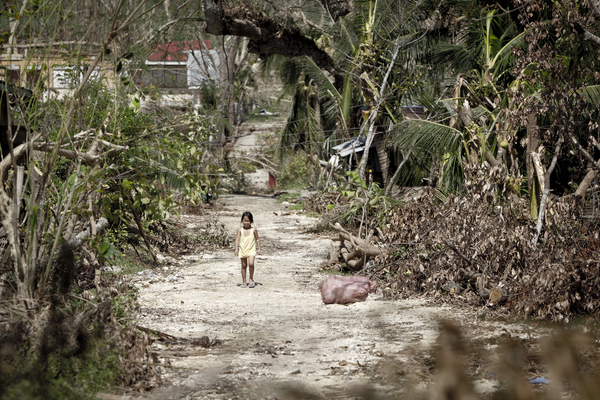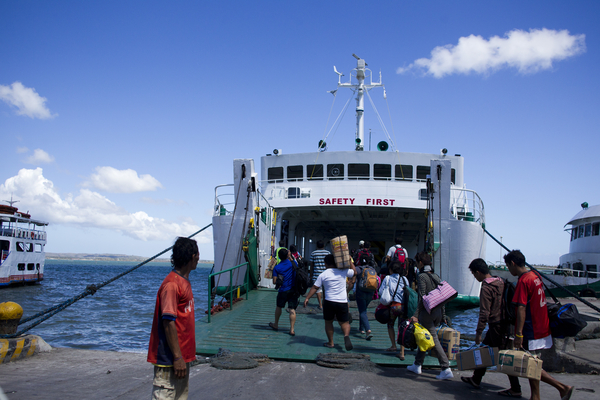As the mountain's snow melts, its ecosystem faces escalating pressures from tourism, climate change, and deforestation.
Mt Kilimanjaro. Tambako the Jagua. CC BY-ND 2.0.
If you have perused Ernest Hemingway’s “The Snows of Kilimanjaro,” you'd be moved by the writer's introspection and memories, and no doubt recall its breathtaking descriptions of Mount Kilimanjaro’s wintery peaks. Nestled in Southeastern Africa, where temperatures often soar to scorching heights, a mountain graced with a frozen crest appears as a natural wonder. Nevertheless, before many have had the opportunity to appreciate its miraculous summit, the pristine snow has begun to melt at an alarming speed.
Rising above the plains of Africa, Kilimanjaro is a dormant volcano and the highest free-standing mountain in the world. Its snow-capped peak is created through a combination of freezing temperatures and precipitation at high altitudes, where the mercury can drop to a frigid 15.98 F, calculated according to the linear relationship between altitude and temperature. Long-term averages indicate that, in the middle of February, snowfall occurs three days per week on Mount Kilimanjaro.
The captivating ice-capped peak of Mount Kilimanjaro renders it a highly coveted destination for tourists visiting Tanzania, with many foreigners and locals flocking to the site each year. As far back as the 1860s, Europeans had launched their quest to summit Kilimanjaro. In 2006, Kilimanjaro National Park Authorities (KINAPA) registered 40,701 climbers on the mountain, with the Machame trail reigning supreme, welcoming 15,879 adventurers. Today, numerous guiding companies, including the African Zoom and Abercrombie & Kent, offer luxury expeditions and comprehensive travel guides for those seeking to conquer the “roof of Africa.”
While Hemingway’s story may have brought Kilimanjaro to the attention of the world, the mountain has long been revered by locals who have given it names like “Mountain of Greatness” in Swahili and “That which defeats the caravan” in Chagga. The Maasai, who have a deep appreciation for Kilimanjaro, affectionately refer to it as the “Mountain of Water” due to its crucial function as the primary source of water for the surrounding area.
Regrettably, as mentioned above, generations to come might be deprived of the privilege of admiring the captivating natural beauty of Mount Kilimanjaro. Several complicated factors contribute to the rapid disappearance of its ice cap. Scientists have established a link between global climate change and variations in greenhouse gasses, along with transformations in land cover. The consequences of climate change loom over developing nations, and Tanzania is no exception. Additionally, glaciers located in tropical regions are more vulnerable to the impact of climate change, and they can only be sustained at exceptionally high altitudes, where the weather is colder than regional averages.
A recent study by the United Nations Educational, Scientific and Cultural Organization (UNESCO) in late 2022 suggests that 1/3 World Heritage glacier sites will disappear by 2050 due to global warming, including Mount Kilimanjaro. Even if global greenhouse gas emissions are reduced, the melting is unlikely to be reversed.
The danger to Kilimanjaro’s ecosystem has not only inspired a widespread climate advocacy campaign but also sparked controversy. In 2002 a group of scientists led by Ohio State’s Lonnie Thompson published a paper predicting that Kilimanjaro would be devoid of ice by 2020. This claim was picked up in 2006 by former Vice President Al Gore in his documentary film “An Inconvenient Truth,” designed to raise awareness about global warming, emphasizing the melting glacier as a potent symbol of the impending environmental catastrophe. A decade later, the World Mountain Forum in Uganda saw the release of a report by the United Nations, revealing that the warming of the Earth’s temperature, caused by climate change, has led to a marked increase in the occurrence of wildfires on Mount Kilimanjaro, which has resulted in a hastened loss of forest cover. The report stressed the gravity of the situation and called upon Tanzania to protect Mount Kilimanjaro’s water catchment area, including reforestation, early warning systems, and climate adaptation strategies.
It’s obvious by now that Thompson et al. and Gore overestimated the future decline of Kilimanjaro’s glaciers. This has led websites such as Climate Realism and The Climate Record, as well as anti-regulation groups, to attempt to use Kilimanjaro’s lingering snow and ice to discredit climate science and Al Gore’s environmentalist stance. H. Sterling Burnett, a senior fellow, and head of environmental programs at the National Center for Policy Analysis criticized the Kilimanjaro snow melting prediction, stating that it is just one of many scare stories that scientists have had to revise or abandon in the face of significant counter-evidence. Although these specific predictions were false, the result of extrapolating past data far into the future, overgeneralization of a complex system, and neglecting the impact of yearly fluctuations in precipitation, this does not mean that Kilimanjaro or the planet at large are safe from the effects of climate change.
Although perhaps relieved by the presence of snow on Kilimanjaro’s ice cap in 2023, residents of nearby settlements confront other severe environmental problems such as dried streams during the sowing season and deforestation, problematic for a country that is heavily reliant on wood products. Additionally, even if the melting of the snow cap is not affected as much as predicted by Thompson and Gore, the vegetation communities’ altitudinal zonation will inevitably change in the medium-to-long term as the climate warms.
Ultimately, it is crucial to prioritize safeguarding the closely-knit ecosystem that surrounds Kilimanjaro’s snow-covered peak by taking necessary steps to bolster its resistance to the escalating pressures from tourism, climate change, and deforestation.
To Get Involved:
If you are looking to explore Kilimanjaro, there are various sustainable approaches to consider. Visit the site of Responsible Travel to learn more.
Mount Kilimanjaro is managed by Tanzania’s Kilimanjaro National Park, which strives to protect wildlife and provide eco-friendly tourism services around the mountain’s local community. Visit the site of Mount Kilimanjaro National Park to learn more.
The African Blackwood Conservation Project (ABCP) focuses on replanting the tree species Dalbergia melanoxylon, also known as grenadilla, African blackwood, or mpingo, in eastern Africa, including the Kilimanjaro area. The ABCP has played a significant role in Mount Kilimanjaro reforestation efforts. Visit the ABCP website to learn more.
Hope Zhu
Hope is a Chinese international student at Wake Forest University in North Carolina studying sociology, statistics, and journalism. She dreams of traveling around the globe as a freelance reporter while touching on a wide range of social issues from education inequality to cultural diversity. Passionate about environmental issues and learning about other cultures, she is eager to explore the globe. In her free time, she enjoys cooking Asian cuisine, reading, and theater.




























































































